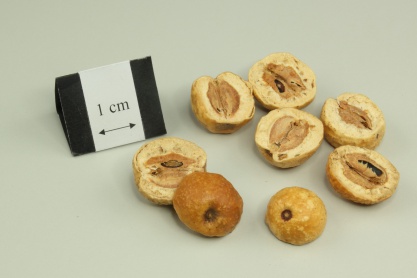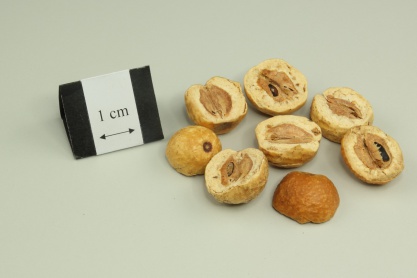川楝子
- ENG
- Szechwan Chinaberry Fruit
- LATIN
- Toosendan Fructus
| Medicinal Group | Qi-regulating medicinal |
|---|---|
| Source | Dried ripe fruit of Melia toosendan Sieb. et Zucc. (Fam. Meliaceae) |
| Nature and Flavors | bitter; cold; toxic |
| Meridian Affinity | Liver, Small intestine, Bladder |
| Actions | To relieve pain by the smoothing flow of the liver-qi and repel worms |
Family
Meliaceae
Part used
Fruit
Indications
Distending pain in the hypochondrium, epigastrium or in the abdomen; abdominal pain due to intestinal parasitosis
Cautions
No Data.
Report on adverse effect
Hepatotoxicity in patients with chronic hepatitis B infection [1]
Damage to the liver and other vital organs [2]
Reference
Yuen MF, Tam S, Fung J, Wong D, Wong B, Lai CL (2006) Traditional Chinese medicine causing hepatotoxicity in patients with chronic hepatitis B infection: a 1-year prospective study. Aliment.Pharmacol.Ther., 24, 8, 1179-1186.
鮑正強、朱建華 (2011)。<川楝子的肝毒性及其減毒作用研究進展>。科技信息,32。












